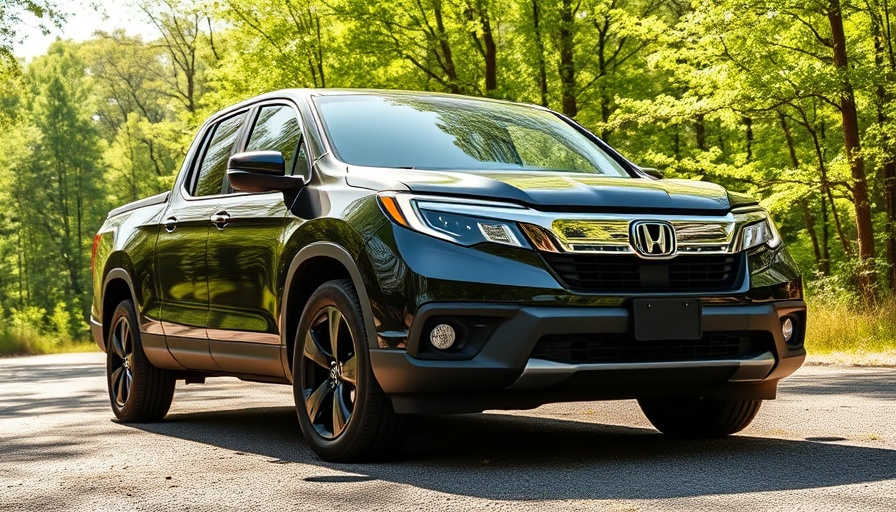
Understanding Your Honda Ridgeline: Common Problems and Solutions
If you have a first-generation Honda Ridgeline from 2006 to 2014, you may be aware that like any vehicle, it's not without its challenges. In this article, we'll explore the top five problems reported by Ridgeline owners, offering insights and solutions to keep your vehicle running smoothly.
In 'Top 5 Problems Honda Ridgeline Pickup 2006-2014 1st Generation', the video highlights key mechanical issues that many owners face. We’ll delve deeper to provide solutions and preventive measures.
1. Noisy When Starting: Idler Pulley Issues
The first issue centers around a squeaky noise emanating from the front side of the engine. Often, this is due to a crooked serpentine belt idler pulley. Honda has acknowledged this problem and provides a replacement shim to correct the pulley angle, but in many cases, the idler pulley bearing itself may need replacing. If you encounter this issue, simply order the idler pulley, belt tensioner, and belt from a reliable parts supplier to fix the problem efficiently.
2. Loss of Power: Throttle Position Sensor
Another common complaint is the vehicle feeling sluggish or having little to no power when accelerating. This is frequently linked to a failing throttle position sensor. To resolve this issue, it is critical to diagnose the sensor and replace it if necessary. A functioning throttle position sensor ensures that the engine receives the correct signals for optimal performance, enhancing your driving experience.
3. Troubles with Transmission Shifting
Shifting issues with the transmission can be disconcerting. Owners often report problems with shifting into fourth gear, which could manifest as weak shifts, no shifts, or hard shifts. First, check for fluid leaks or low transmission fluid levels. If the fluid is in good condition, it's recommended to visit a Honda dealer to have the transmission control module flashed, which can resolve shifting issues.
4. Noises and Shaking During Turns: Rear Differential Concerns
While taking sharp turns, noises from the rear end, accompanied by shaking, likely indicate an issue with your drive line or suspension components. Often, performing a rear differential service, including fluid replacement, can rectify the problem, restoring a smooth and safe driving experience.
5. Frustration with the Tailgate
Finally, a common problem among Ridgeline owners is the tailgate that won't open properly. The mechanical complexities involve several sensor rods, latches, and plastic clips. Regular lubrication and inspection of these components can resolve the issue. Ensure that nothing is broken, and the plastic clips are in good shape to avoid unnecessary tailgate repairs.
Understanding these common problems can help you address the issues proactively, keeping your Honda Ridgeline in optimal condition. By following these guidelines and recognizing early symptoms, you can prevent larger problems and enjoy a dependable driving experience.
 Add Row
Add Row  Add
Add 




Write A Comment